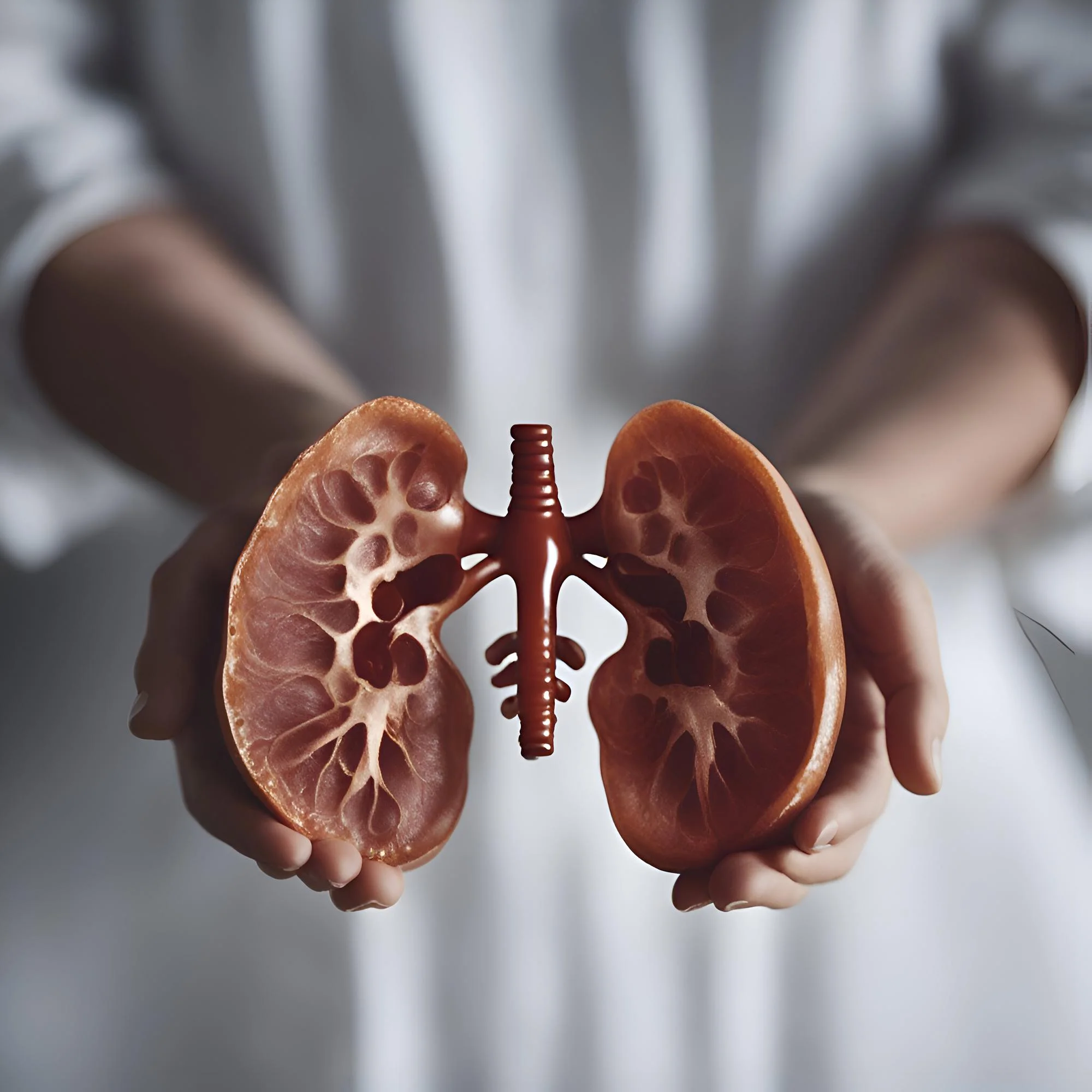Introduction
Acute Kidney Injury (AKI) is a critical condition associated with high morbidity and mortality rates, especially among patients with septic shock. The early identification of patients at risk for progressing to severe stages of AKI is vital for implementing timely interventions and improving outcomes. A groundbreaking prospective cohort study conducted in three French Intensive Care Units (ICUs) has revealed that urinary biomarkers, Tissue Inhibitor of Metalloproteinases-2 (TIMP2) and Insulin-Like Growth Factor-Binding Protein 7 (IGFBP7), can predict short-term progression from mild and moderate AKI to severe stages in patients suffering from septic shock. Published in “Disease Markers” and accessible via the Digital Object Identifier (DOI) 10.1155/2019/3471215, the research offers hope for a new diagnostic tool in critical care nephrology.
Study Overview
The study enrolled 112 patients admitted to ICUs with confirmed cases of septic shock and mild or moderate AKI, as categorized by the Kidney Disease: Improving Global Outcomes (KDIGO) criteria. The participants’ urinary TIMP2∗IGFBP7 concentrations were measured during the early phase (<6 hours) following admission. Remarkably, 45 patients (40%) progressed to severe AKI (KDIGO 3) 24 hours after inclusion, and 47 patients (42%) after 72 hours.
Findings and Significance
The median urinary TIMP2∗IGFBP7 levels at inclusion were significantly higher among those who progressed to KDIGO 3 at both 24 and 72 hours post-inclusion, indicating that these biomarkers can serve as effective predictors for the worsening of AKI in the short term. The study determined that a TIMP2∗IGFBP7 concentration greater than 2.0 (ng/ml)^2 was indicative of a higher progression risk within the next 24 hours, though this was not as clear for the 72-hour mark. This discovery adds to the clinical armamentarium against AKI, providing clinicians with an invaluable prognostic tool to identify high-risk patients, tailor treatment strategies, and potentially mitigate the progression of kidney damage.
References & Further Reading
The study’s findings not only align with the broader literature on biomarkers in AKI but also underscore the importance of continued research in this field. Previous studies have demonstrated the effectiveness of cell cycle arrest biomarkers in predicting AKI (Kashani et al., 2013; Bihorac et al., 2014). However, the specific use of TIMP2 and IGFBP7 as combined biomarkers for septic shock patients represents a significant clinical advancement (Su et al., 2017; Liu et al., 2017).
The full article can be accessed via its DOI. For further reading, the following references provide additional insights into AKI and related biomarkers:
1. Vincent J. L., et al. (2009). International study of the prevalence and outcomes of infection in intensive care units. JAMA.
2. Bagshaw S. M., et al. (2009). Acute kidney injury in septic shock: clinical outcomes and impact of duration of hypotension prior to initiation of antimicrobial therapy. Intensive Care Medicine.
3. Palevsky P. M., et al. (2013). KDOQI US commentary on the 2012 KDIGO clinical practice guideline for acute kidney injury. American Journal of Kidney Diseases.
4. Hoste E. A. J., et al. (2006). RIFLE criteria for acute kidney injury are associated with hospital mortality in critically ill patients: a cohort analysis. Critical Care.
5. Legrand M., et al. (2015). Failure of renal biomarkers to predict worsening renal function in high-risk patients presenting with oliguria. Intensive Care Medicine.
Keywords
1. Acute Kidney Injury Biomarkers
2. TIMP2 IGFBP7 Septic Shock
3. AKI Progression Prediction
4. Urinary Biomarkers AKI
5. Septic Shock Kidney Failure Risk
Conclusion
This study’s findings present a promising development in the management of AKI among septic shock patients. By utilizing urinary TIMP2∗IGFBP7 concentrations, healthcare professionals can now better predict the risk of AKI progression, potentially allowing for quicker and more targeted treatments. These markers offer a glimmer of hope for ICU patients—where every moment counts towards saving kidneys and lives. As research continues to build on these findings, the future of AKI diagnosis and management looks increasingly bright.
About the Authors
Dr. Julien Maizel and Dr. Delphine Daubin led the study, representing Amiens University Hospital and Montpellier University Hospital, respectively. Alongside colleagues from these institutions and Melun General Hospital, they combined their critical care expertise to contribute significantly to the understanding of AKI in septic shock patients.
The implications of their work are profound, highlighting the continual need for innovation in medical research, the importance of early diagnosis in critical care, and the promise of novel biomarker utilization to save organs and lives. As the healthcare community takes strides towards improving patient outcomes, the groundbreaking work referenced herein will undoubtedly serve as a cornerstone for future medical advancements.
